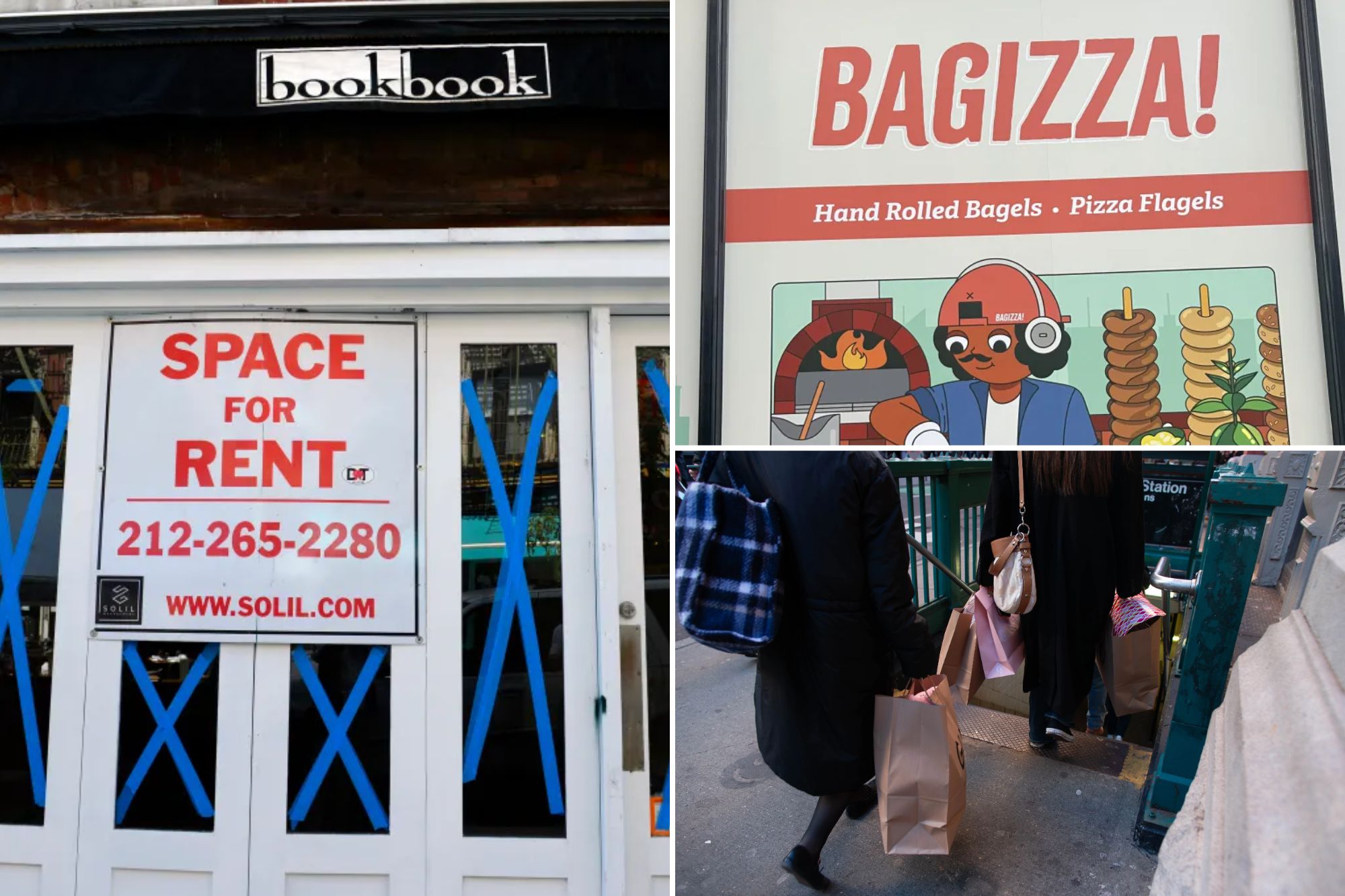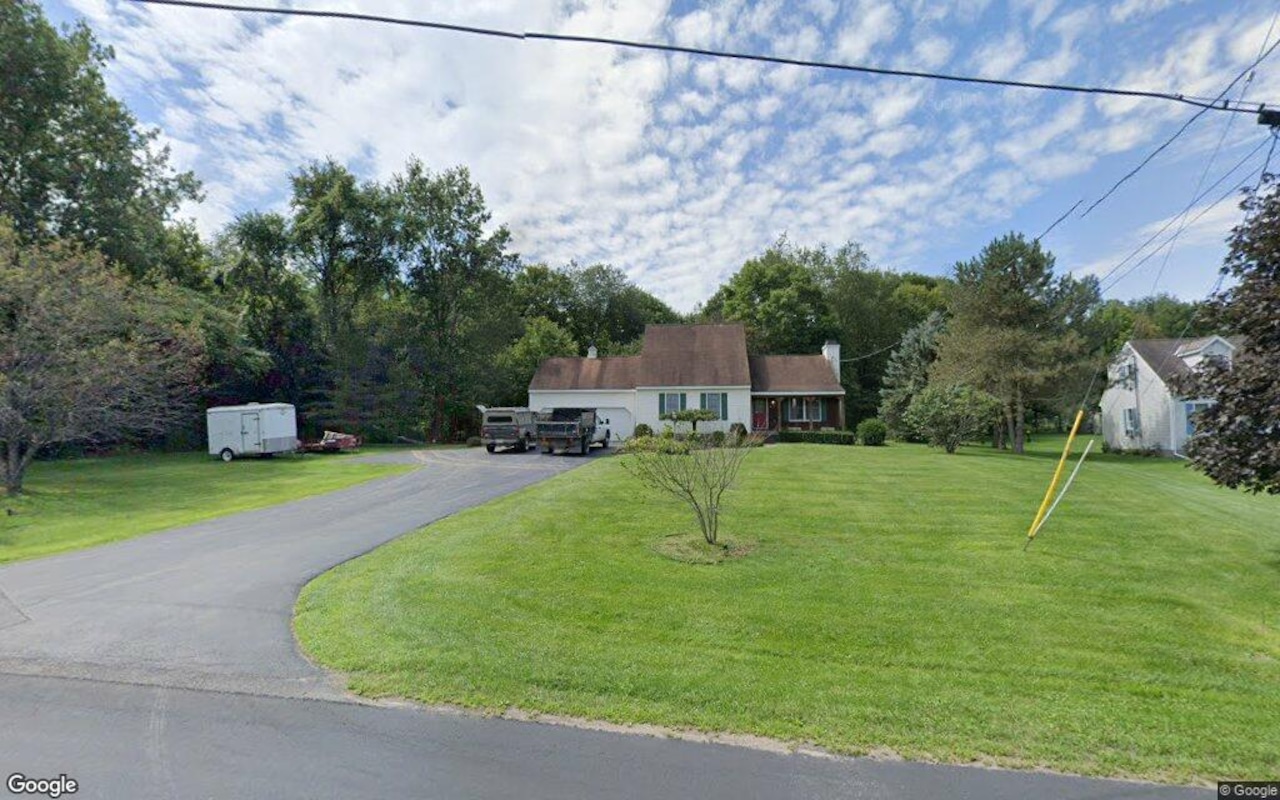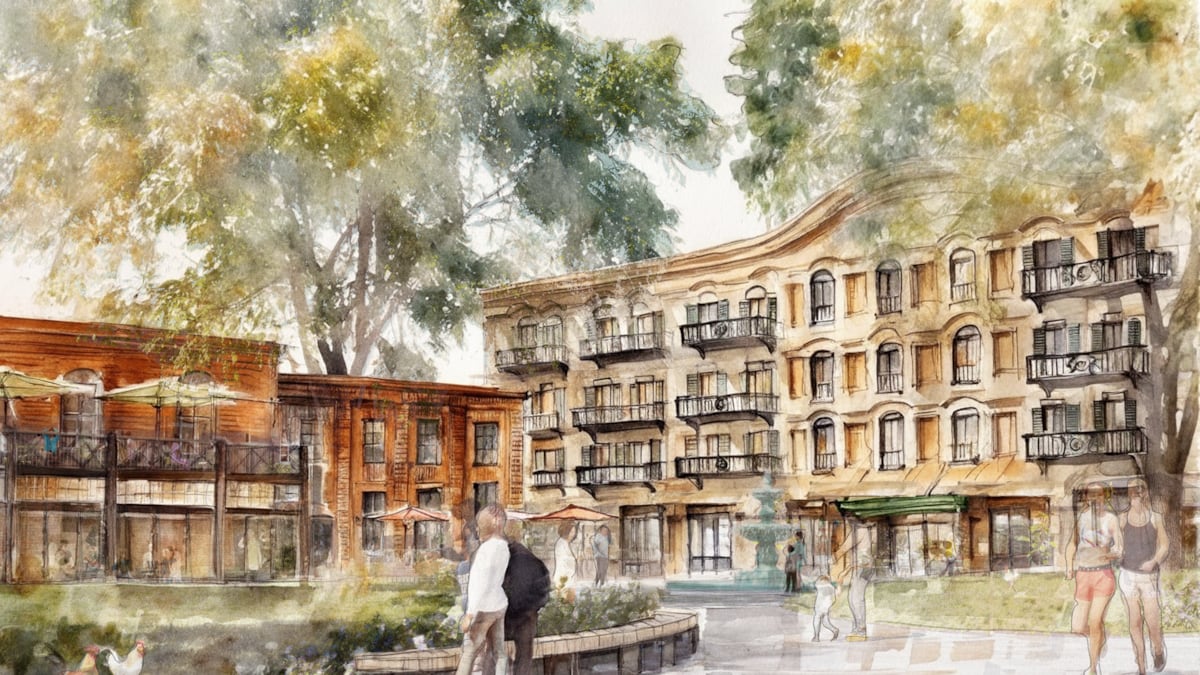M
anhattan's retail leasing scene shows signs of recovery from the pandemic-induced downturn. While online shopping had already depressed demand by around 10% before COVID-19, lockdowns made things worse. However, recent surveys suggest a healthier market may be emerging.
JLL and Cushman & Wakefield's third-quarter Manhattan surveys found significantly lower storefront availability, at 14.7% and 13.9%, respectively, compared to peaks in the mid- and upper-20% ranges in 2021. JLL claimed available store space had fallen to its lowest level on record.
Landlords and brokers are growing more confident about the market's prospects. Cushman superbroker Joanne Podell said activity is robust across most trade areas, with rents lower than pre-pandemic levels and occupancy costs more in line with operating costs. Richard Hodos of JLL noted that some areas, such as Soho, are thriving.
Recent transactions have given credibility to the idea that the worst is over. Notable deals include Bonhams auction house, Italian fashion brand Moncler, Five Iron Golf, Socceroof, and Carnegie Diner. Other new arrivals include London-based clothing giant Primark, popular eatery Rosa Mexicano, and venerable menswear purveyor Brooks Brothers.
CBRE identified two key trends in the third quarter: new-to-market retailers leasing their first brick-and-mortar outposts, accounting for 21% of quarterly leasing volume, and big fine art and experiential tenants driving activity. Rents have recovered but not to pre-pandemic levels, with a smaller gap between bid and ask prices.














